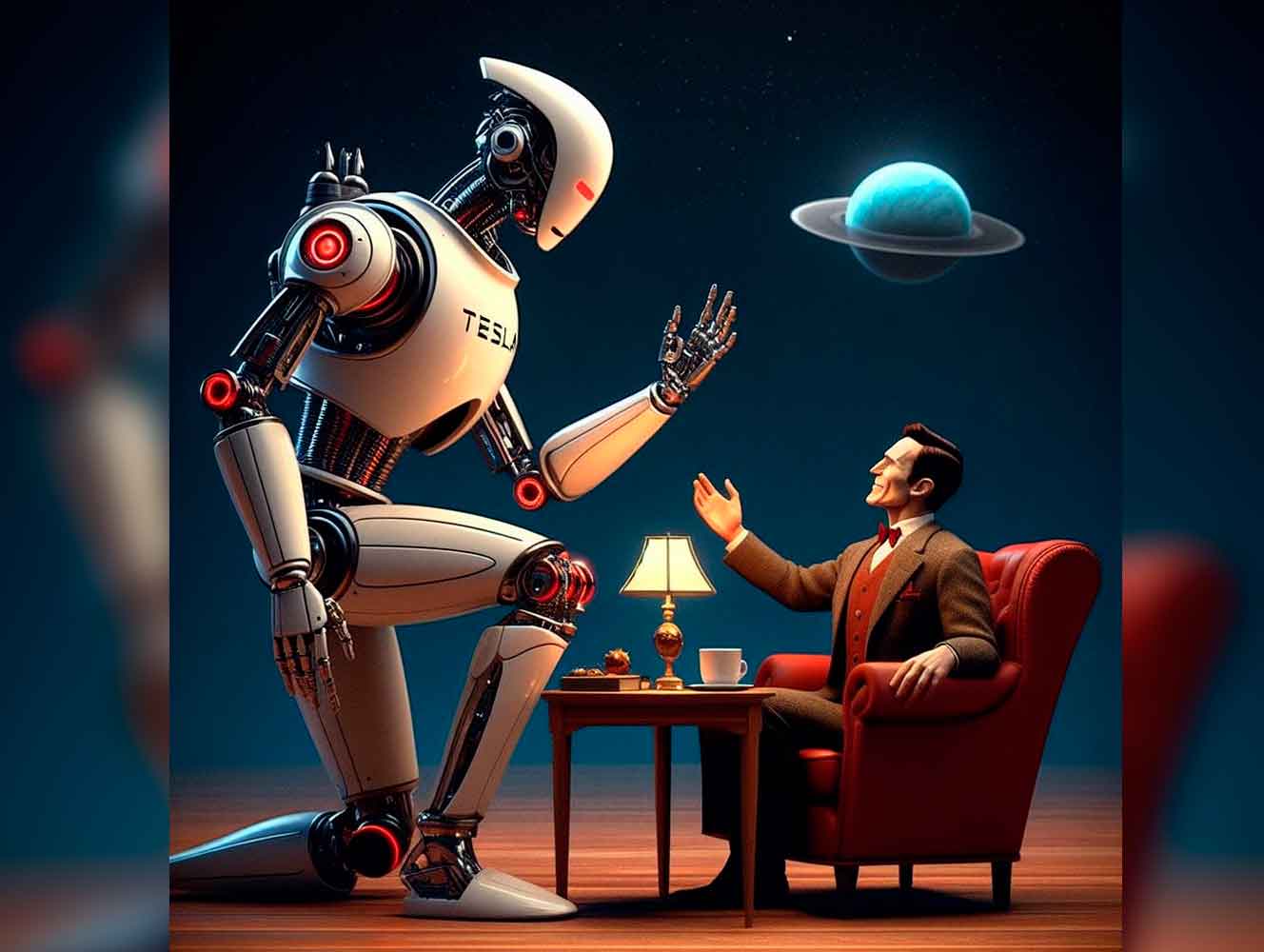Isaac Asimov, the visionary science fiction author, once wrote, “The robot is a tool, nothing more.” But in the 21st century, robots are rapidly evolving from mere tools into intelligent companions, collaborators, and even caregivers. The current robotics landscape is a dynamic tapestry woven with the threads of industrial automation, AI-powered assistants, and cutting-edge research pushing the boundaries of human-machine interaction.
Industrial Revolution 2.0
The factory floors of today are humming with the whirring gears of robots, transforming manufacturing into a symphony of precision and efficiency. From welding robots with superhuman strength to assembly lines guided by AI algorithms, these tireless machines are not just replacing human labor, but also augmenting it. Collaborative robots, or cobots, work alongside humans, assisting with tasks and providing valuable data insights. This seamless collaboration is paving the way for a new era of industrial productivity and innovation.
Rise of the AI Assistants
Robots are no longer confined to the realm of factories. They are increasingly finding their way into our homes, offices, and even hospitals. AI-powered assistants like Alexa, Siri, and Google Assistant are becoming the ubiquitous digital companions, helping us manage schedules, control smart devices, and access information. These virtual assistants are constantly learning and evolving, blurring the lines between machine and personal assistant.
The Human Touch in Robotics
Despite the advancements in automation, the human touch remains irreplaceable in the field of robotics. Social robots, designed to interact with humans on a social and emotional level, are being developed to assist with elder care, education, and even therapy. These robots, imbued with empathy and emotional intelligence, are forging new bonds between humans and machines, challenging our preconceived notions about technology and its role in society.
The robots of today: a diverse and evolving landscape
The world of robotics is buzzing with innovation, pushing the boundaries of what we thought possible. From factory floor heroes to household helpers and even companions, robots come in a dizzying array of shapes, sizes, and capabilities. Let’s dive into some of the most common types of robots we encounter today:
1. Industrial Robots
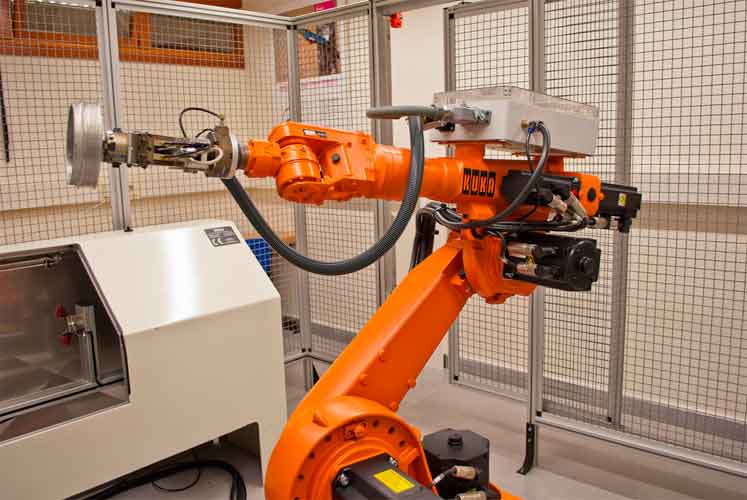
These tireless workhorses of the manufacturing industry are the backbone of modern production lines. Imagine behemoths with articulated arms wielding welding torches with superhuman precision, assembling cars with delicate touch, and tirelessly painting products with flawless consistency. These are industrial robots, and their contributions to efficiency and productivity are undeniable.
2. Collaborative Robots (Cobots):

Not all robots are hulking giants. Cobots are smaller, gentler counterparts designed to work alongside humans in a collaborative environment. These friendly bots often have lightweight, flexible arms and advanced sensors, allowing them to assist with tasks like picking and placing objects, performing inspections, or even handling delicate materials. The key advantage of cobots is their ability to seamlessly integrate into existing workspaces without posing safety risks to human workers.
3. Service Robots
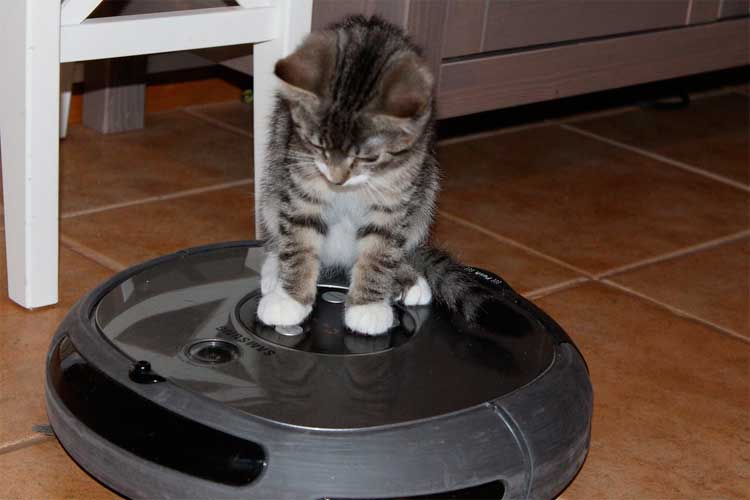
These robots venture beyond the factory floor and into our everyday lives. From the ubiquitous robot vacuum cleaners diligently keeping our floors spotless to the delivery bots zipping through city streets with parcels, service robots are becoming increasingly common. We even have robots assisting in surgery, performing delicate procedures with unmatched precision and control. As technology advances, expect to see service robots tackling even more diverse tasks in the future.
4. Educational Robots
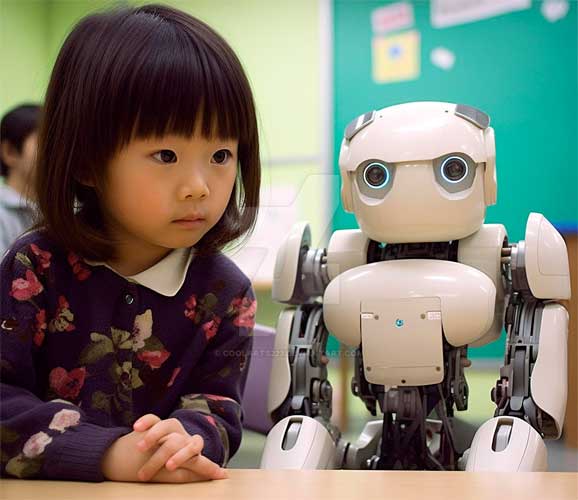
Learning takes a playful turn with educational robots. These engaging companions are designed to stimulate curiosity, encourage exploration, and make learning fun for children of all ages. Imagine robots that can teach coding concepts through interactive games, tell captivating stories, or even provide personalized learning support. Educational robots are not just toys; they are powerful tools shaping the future of education.
5. Social Robots
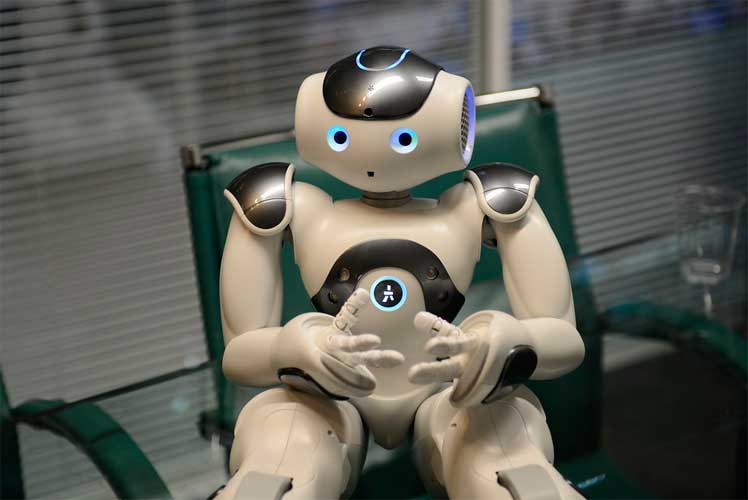
Loneliness is a growing concern in our fast-paced world, and social robots are stepping in to offer companionship and support. These empathetic machines can engage in conversation, provide emotional support, and even remind users to take their medication. While they may not replace human interaction entirely, social robots can play a crucial role in combating loneliness and improving well-being, especially for the elderly and individuals facing social isolation.
This is just a glimpse into the diverse world of robots today. As technology continues to evolve, we can expect to see even more sophisticated and specialized robots emerge, transforming various aspects of our lives. From healthcare and education to agriculture and environmental monitoring, the possibilities are endless.
The Asimovian Imperative
As we navigate this rapidly evolving landscape, the words of Asimov resonate more than ever. His Three Laws of Robotics, which emphasize the safety and well-being of humans, serve as a crucial ethical framework for the development and deployment of robots. These laws remind us that robots are tools, not masters, and that their purpose must always be aligned with human values and interests.
Envisioning the Future
The future of robotics is brimming with possibilities. Imagine self-driving cars that navigate our streets with flawless precision, drones delivering medical supplies to remote areas, and robotic limbs that restore mobility and independence. But with these advancements come challenges. We must consider the ethical implications of artificial intelligence, the potential impact of job displacement, and the need for robust cybersecurity measures.
The Asimovsian Tomorrow
By embracing Asimov’s vision of a future where robots serve humanity, we can ensure that technological advancements benefit all of us. We must foster responsible development, prioritize human well-being, and create a world where robots are not just tools, but partners in progress. Only then can we truly envision an Asimovian tomorrow, where technology empowers us to create a brighter future for generations to come.
The conversation about the future of robotics is far from over. This post is just a starting point. What are your thoughts on the current robotics landscape? What are your hopes and fears for the future? Share your insights in the comments below and let’s continue this important dialogue.

